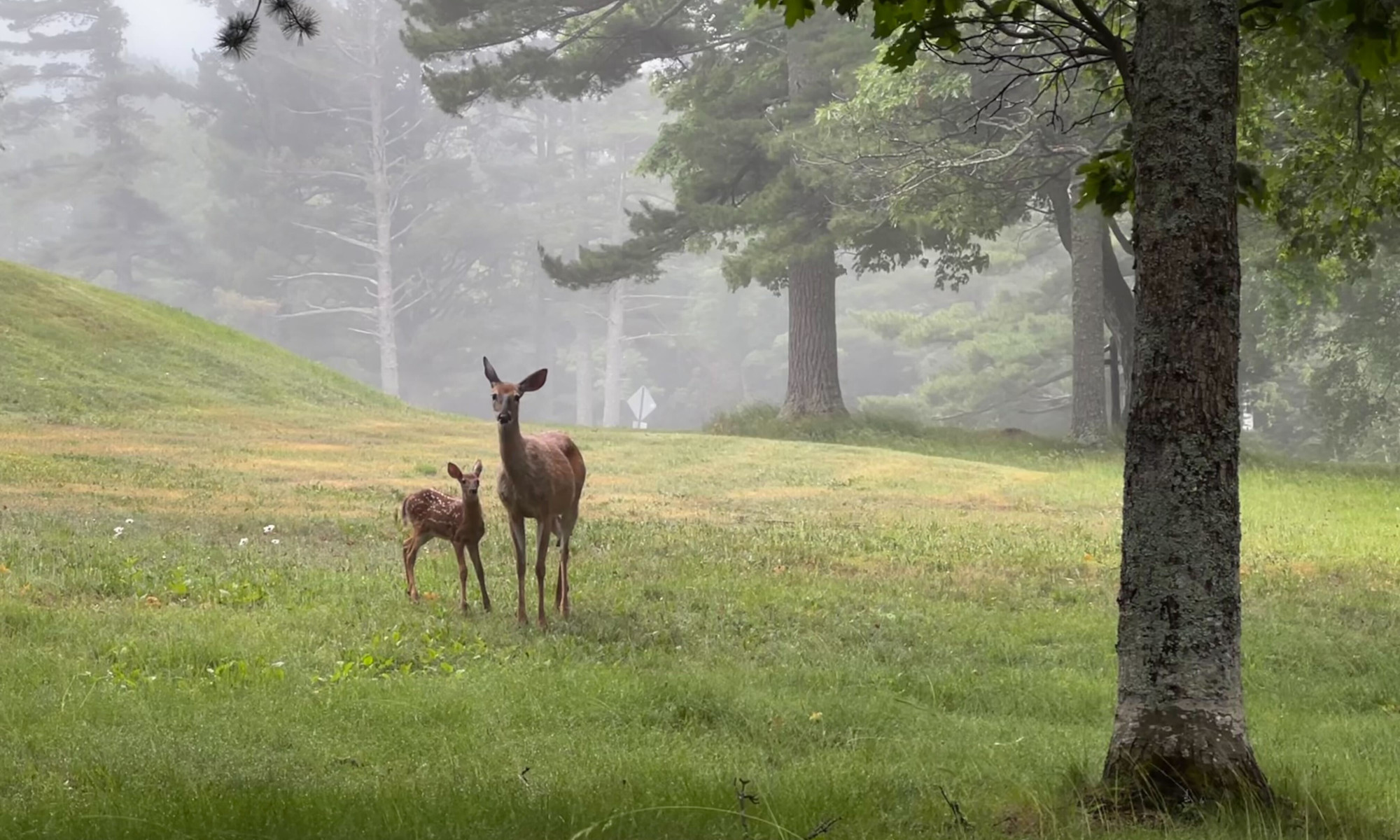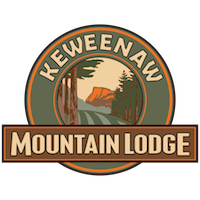Stargazing: Night Sky Photography Workshop
KML Outdoor Activities Center 14252 US HWY 41, Copper Harbor, MI, United StatesAbout the Workshop The purpose of this workshop is to educate people on how to capture the beauty of the night sky on camera. Topics being covered include equipment needed, camera settings, and the best for viewing. These workshops will start out with a brief powerpoint presentation (at the Outdoor Activity Center), and then we …

